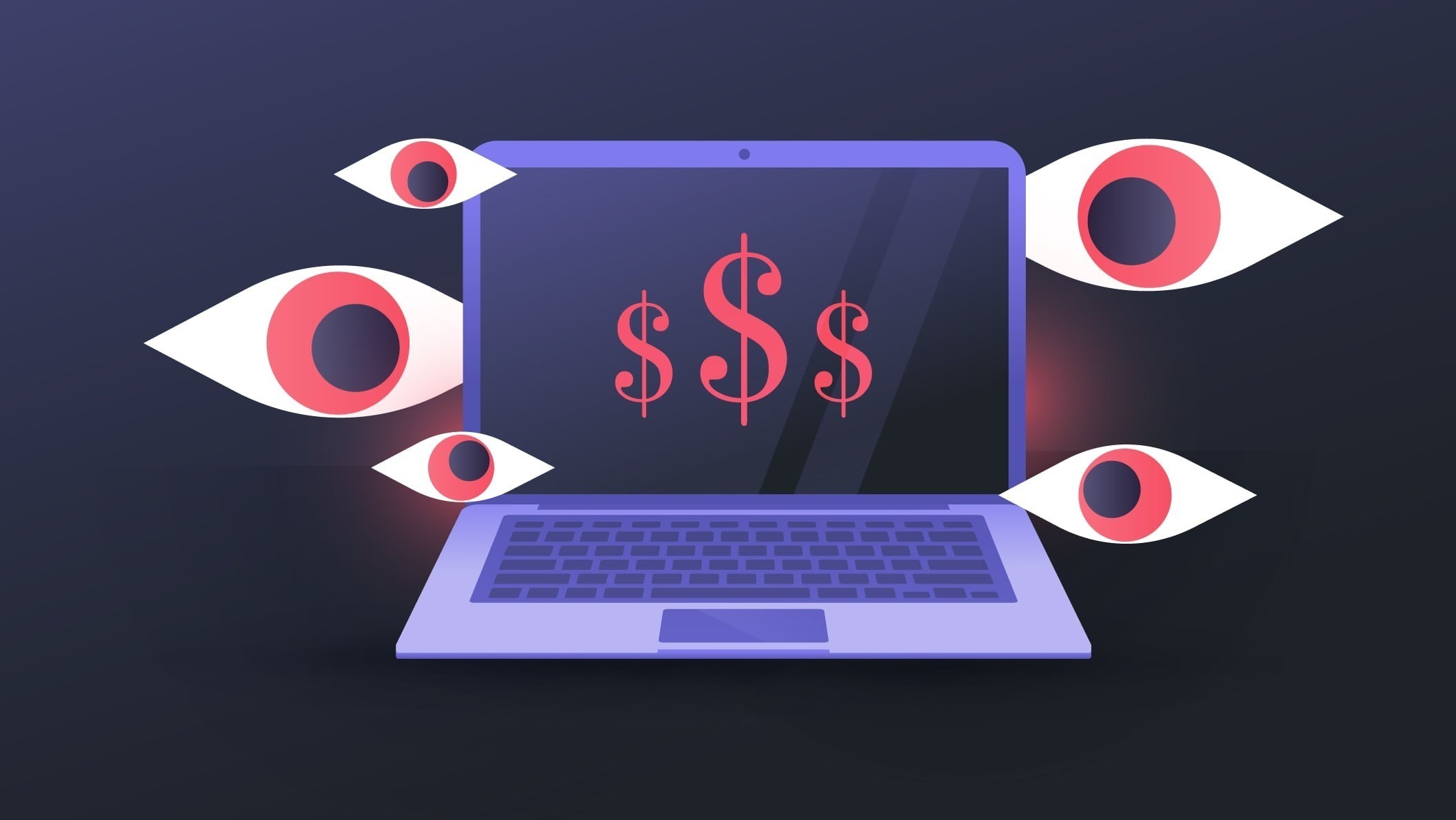The Hidden Web of Hope: Crowdfunding, Mutual Aid, and Benevolence on the Dark Side

The dark web is often portrayed as a den of criminals and predators. Yet beneath that surface exists a quieter reality: networks of people offering hope, help, and solidarity. In hidden corners, crowdfunding campaigns save lives, mutual aid networks support the vulnerable, and communities rally for causes too controversial for the surface web.
This hidden web of benevolence thrives because it provides:
- Support for marginalized individuals rejected by mainstream platforms
- Financial aid for urgent, sensitive, or stigmatized needs
- Safe spaces for organizing without censorship or surveillance
- Protection for whistleblowers, dissidents, and exiles
Hope survives, even in the deepest shadows.
Underground Crowdfunding: Raising Funds When No One Else Will
Traditional crowdfunding platforms like GoFundMe often reject campaigns seen as politically risky, legally questionable, or culturally controversial. In response, dark web users created their own models — crowdfunding driven by cryptocurrency and anonymity.
Common Underground Causes
- Medical Emergencies: Covering surgeries, treatments, or medications inaccessible due to cost or legality.
- Whistleblower Protection: Funding the escape, security, and legal defenses of those exposing corruption.
- Disaster Relief: Direct peer-to-peer aid after natural disasters or political uprisings.
- Prisoner Support: Assisting political prisoners or hackers facing lengthy sentences.
Instead of relying on institutions, underground campaigns call directly on global strangers to donate — no questions asked, no accounts suspended.
Mutual Aid Networks: Communities Built on Shared Survival
Unlike charity models, mutual aid networks operate on a principle of horizontal solidarity. Everyone gives what they can; everyone receives what they need.
How Mutual Aid Operates in the Dark Web
- Encrypted Bulletin Boards: Posting requests for food, shelter, medical help, or protection.
- Decentralized Aid Distribution: Volunteers coordinating donations through PGP-encrypted emails and hidden sites.
- Anonymous Skill Sharing: Offering free services like cybersecurity assistance, legal advice, or emotional support.
These networks often organize themselves organically, sprouting up after crises and evolving as needed. Trust is built slowly, through vetting, referrals, and proof of past good deeds.
Privacy-First Platforms: Tools for Dark Web Philanthropy
Creating hope underground demands resilient, privacy-respecting platforms. Hidden services provide the tools necessary to organize and sustain benevolence without exposing participants to surveillance or retaliation.
Core Platforms Supporting Benevolent Actions
- Cryptocurrency Donation Pages: Accepting Monero, Bitcoin, or Zcash without intermediaries.
- Hidden Wikis: Listing causes, donation addresses, and verification proofs.
- Anonymous Escrow Services: Holding donations securely until needs are verified and fulfilled.
Many campaigns maintain mirrored pages across Tor, I2P, and even clearnet proxies to reach as many potential donors as possible without sacrificing security.
Famous Underground Campaigns: Moments of Hidden Hope
A few campaigns achieved legendary status within dark web communities, proving that even in the most secret places, solidarity can spark powerful change.
Notable Benevolent Campaigns
- SecureDrop Fundraisers: Crowdfunding servers and security audits for whistleblower submission platforms.
- Exile Support Networks: Helping political activists from authoritarian countries relocate safely.
- Darknet OpSec Courses: Offering free operational security training for vulnerable populations like LGBTQ+ activists and human rights defenders.
Though these efforts rarely reach the headlines, their impact changes lives silently, one encrypted transaction at a time.
Challenges of Underground Benevolence
Building hope without institutions comes with brutal challenges. Scams, infiltration, and technical vulnerabilities constantly threaten to erode trust.
Main Threats Facing Dark Web Mutual Aid
- Fraudulent Campaigns: Fake appeals exploiting generosity.
- Surveillance Risk: Donations flagged by authorities tracking cryptocurrency flows.
- Platform Instability: Hidden services disappearing without warning, taking donations with them.
Communities respond by developing elaborate vetting procedures, requiring multiple proofs of legitimacy, and encouraging donation dispersal — small amounts across many causes instead of large sums to a single address.
The Quiet Revolution: Hope as Resistance
On the dark web, offering help is a revolutionary act. It challenges a world that often refuses aid based on politics, class, or legality. In hidden spaces where the law offers no protection and the media shines no light, mutual aid becomes a radical survival strategy
Through encrypted forums, anonymous donations, and whispered solidarity, the hidden web of hope endures — proving that even where darkness reigns, compassion refuses to die.
